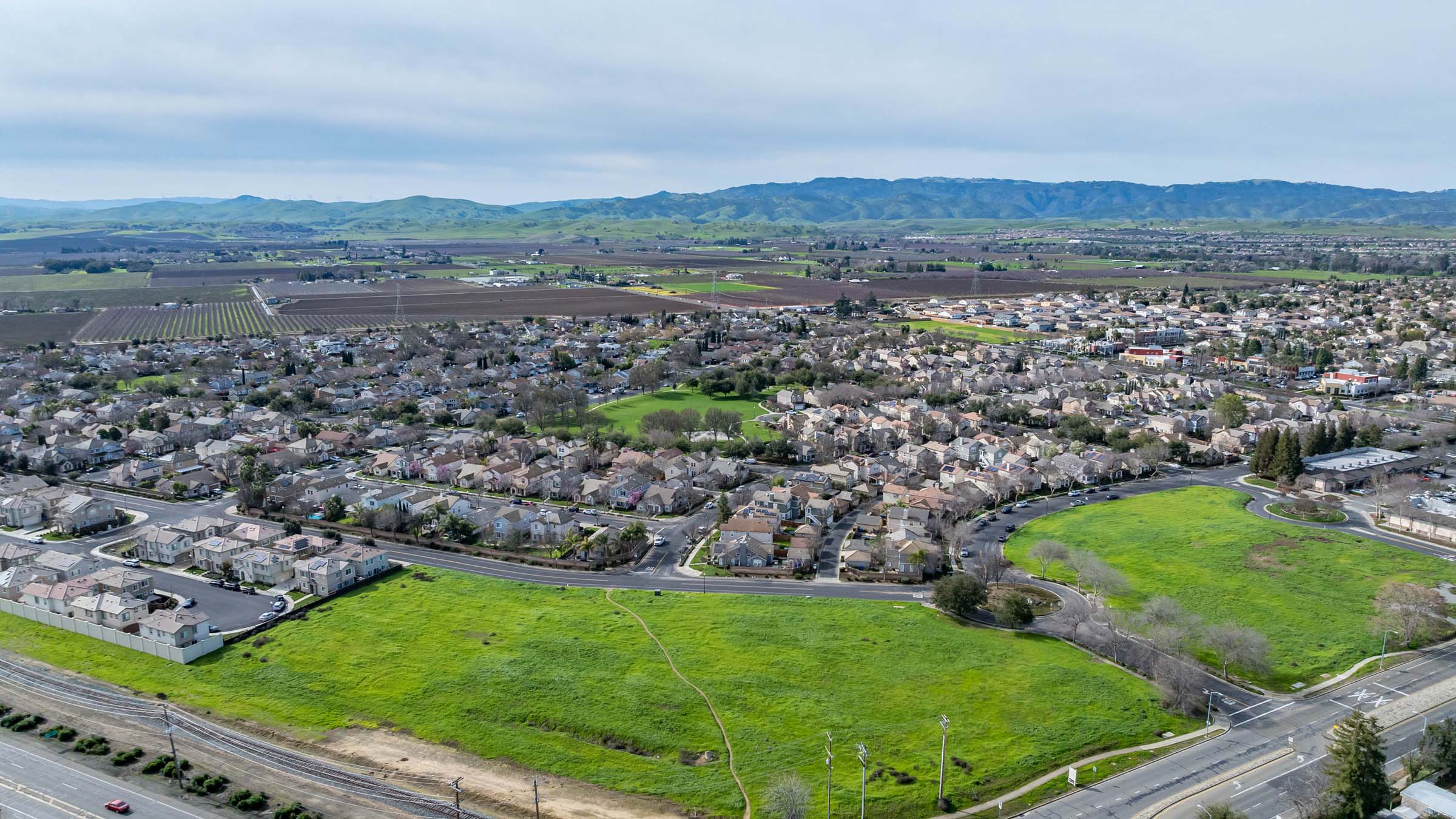In early 2017, the Center for Indian Country Development (CICD) introduced its Reservation Profiles to provide basic demographic information from the American Community Survey (ACS) on federally recognized American Indian reservations with populations of at least 2,500. We recently updated this information to include data from the 2012-2016 ACS. In addition, the CICD significantly expanded the Reservation Profiles of these reservations by adding information on home lending collected under the Home Mortgage Disclosure Act (HMDA) for the years 2012 through 2016.
Enacted by Congress in 1975, HMDA requires the most home lenders, including many banks, credit unions, and specialized mortgage lending institutions, to annually provide data on their home loan applications and home loans. (See About the Data for more information on HMDA data.) These data are an important source of publicly available information on the U.S. home loan market, partly because they include information not just on loans but also on loan applications that are denied or for other reasons do not lead to a loan origination. The HMDA data also are special because they include detailed information on the gender, race, and ethnicity of loan applicants, including American Indian or Alaska Native (AIAN) applicants.
These features allow the CICD’s expanded Reservation Profiles to provide multiple perspectives on home-lending activity, such as AIAN denial rates (the percentage of home loan applications by AIAN borrowers that are turned down by the lender). Using additional HMDA information, the Profiles also show the number of HMDA applications for manufactured versus site-built homes, applications by type of loan (guaranteed by certain federal agencies or not), and the names and lending activity of each reservation’s HMDA-reporting lenders.
Figure 1: Census Tracts Used for the CICD’s HMDA Profile of the Laguna Pueblo

Although the HMDA data are very informative in many ways, they do not provide exact reservation results. The most detailed location information in HMDA is the Census tract of the property. Because many reservation Census tracts cross the reservation boundary and include substantial off-reservation area, analysts must choose between reporting on only a portion of most reservations (using only those Census tracts that lie completely within the reservation), or reporting on a larger area that covers the whole reservation but also includes nearby off-reservation land. The CICD has chosen the second approach. For each profiled reservation, we report on all Census tracts that have at least one housing unit on the reservation (according to 2010 Census data) and at least some relevant HMDA-reported activity in 2012-2016. (See About the Data for details.)
The Home Loan section of each Reservation Profile begins with a map, like the one in Figure 1 that shows Laguna Pueblo’s boundaries (blue lines) against the HMDA-active Census tracts that partially overlap it (gray boundaries with yellow fill).1 The statistics shown in each Profile are for all the Census tracts shown in these maps, not just the reservations they cover. The statistics thus reflect the combined home-lending activity on and near the reservation in those tracts.
A second issue is that home-lending information collected under HMDA is not complete, largely because some lenders are not required to report. Many lenders making only a small number of home loans or having no branches or lending operations in a metropolitan statistical area do not report. The same holds for many nonprofit home lenders, including many community development financial institutions (CDFIs). Overall, the HMDA data have been estimated to include approximately 90 percent of first-lien home-purchase and refinance loans in the United States.2 Due to the exclusion of many smaller and non-metropolitan lenders, HMDA’s coverage of mortgage applications may be lower in rural areas, where many reservations are located.
For example, for the Laguna Pueblo area, Figure 2 shows that almost half the borrowers in the HMDA data apply for loans on manufactured homes and that a high proportion (63%) of their applications are denied by the lender.3 This provides a useful perspective on the Laguna Pueblo home loan market, but it also omits the manufactured-home loans there that are funded by the tribal government and managed by Native Community Finance, a Native CDFI serving multiple New Mexico pueblos. Despite omissions like this, analysis by CICD staff suggests that HMDA’s coverage of loan activity is, for most reservations, sufficient to provide useful information about the local home loan market. As this example suggests, however, a complete picture of any reservation’s home loan market may require supplementing HMDA data with information from local lenders who do not report under HMDA. See the About the Data tab for further information.
Figure 2: Outcomes of HMDA-Reported Loan Applications by AIAN Borrowers, Laguna Pueblo (2012-2016): Manufactured and Site-Built Homes

In addition to expanding to include the new HMDA statistics, the CICD’s Reservation Profiles were also updated to reflect the most recent ACS data for the period 2012-2016. The new ACS data caused one reservation to be deleted from the profiles, because its population fell below the cutoff of 2,500 residents imposed to enhance the statistical reliability of the figures shown. Readers interested in data on smaller reservations or an alternative perspective on any reservation may wish to consult the Census Bureau’s “My Tribal Area,” ACS “Narrative Profile” pages, or OnTheMap tool.
Endnotes
1 Some overlapping Census tracts are blank because they had no HMDA-reported home-lending activity.
2 See Neil Bhutta, Steven Laufer, and Daniel R. Ringo, “Residential Mortgage Lending in 2016: Evidence from the Home Mortgage Disclosure Act Data.” Board of Governors of the Federal Reserve System, Federal Reserve Bulletin, 103:6 (November 2017).
3 Figure 2 shows three types of outcomes for a loan application. “Loan originated” refers to a loan application that results in a loan being made. “Denied” refers to an application that the lender turns down. “Not accepted” refers to a loan application approved by the lender but not accepted by the borrower. HMDA also reports on other outcomes, such as applications that are incomplete. The CICD Reservation Profiles ignore these other outcomes. Thus, the loan denial rates they show are based on “Denied” divided by the sum of “Denied,” “Loan Originated”, and “Not Accepted.”






